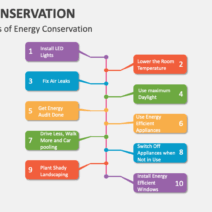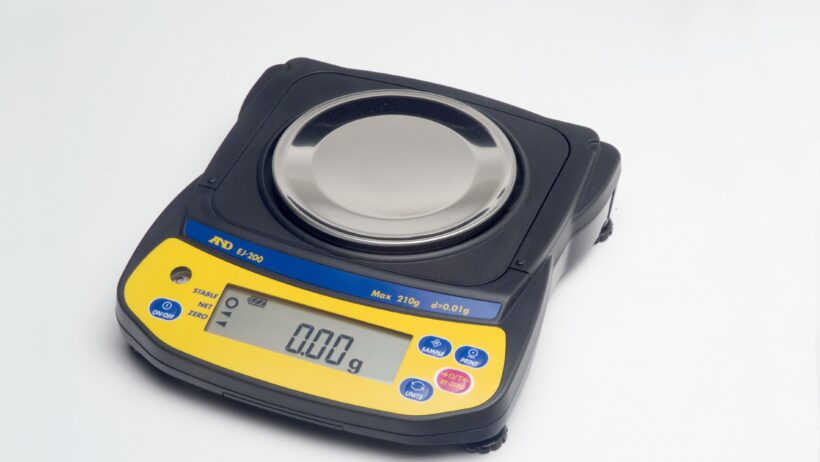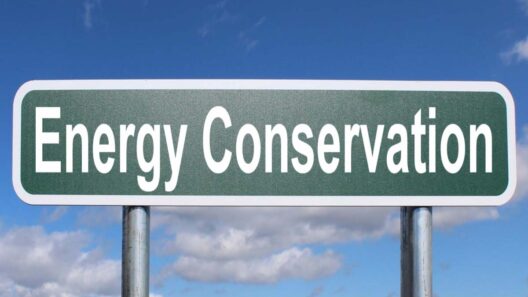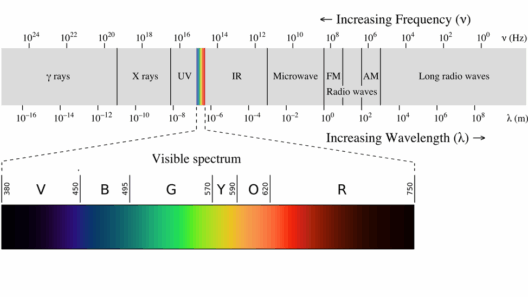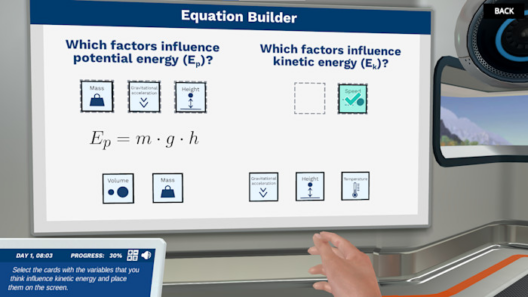In an era where energy conservation has escalated from a mere trend to a critical necessity, the efficiency of devices we utilize is under constant scrutiny. Particularly in the realm of precision weighing, the A&D EJ-120 balance emerges as a prominent contender. An intriguing inquiry arises: is the EJ-120 device genuinely energy-conservant? To unravel this conundrum, it is essential to analyze its operational mechanics, energy consumption metrics, and the role it plays within a broader environmental context.
First, let us inspect the fundamental characteristics of the EJ-120. This top-loading balance offers a measuring capacity of 120 grams with a readability of 0.01 grams. Such precision is paramount for laboratories, educational institutions, and various industries where exact measurements are crucial. The device operates on AC power, typically featuring an external power supply that transforms electrical energy into usable forms for its internal components.
One of the gripping aspects of energy conservation lies in the device’s standby mode. Upon a designated period of inactivity, the EJ-120 is engineered to enter a low-power state. This feature could effectively minimize energy consumption when the scale is not in use, thus attempting to align with best practices for energy efficiency. However, one must question: how effective is this standby mode in actual scenarios? Is it sufficient to offset the energy used during active weighing sessions?
To ascertain the effectiveness of the A&D EJ-120 in energy conservation, we need to explore its power ratings. The device typically operates at about 15 watts. While this power draw seems minimal compared to other laboratory devices, its impact over extended periods can accumulate significantly. An analysis of daily usage patterns becomes essential. For instance, a lab that utilizes the balance for four hours each day may consume roughly 60 watts in one day, equating to about 1.8 kilowatt-hours per month. Thus, even a seemingly innocuous piece of equipment can contribute to energy consumption if left unchecked.
Moreover, comparing the EJ-120’s energy footprint with alternatives can provide further insight. Competitors may utilize more advanced energy-saving technologies, such as automatic power-off and highly efficient power supplies. Such technologies underline an essential paradigm shift in design philosophy, emphasizing energy efficiency as a primary design criterion rather than an afterthought. Would the EJ-120 benefit from adopting similar innovations?
Anecdotal evidence suggests that many users fail to fully leverage the energy-saving features of the EJ-120. If users frequently forget to turn off the balance or do not take advantage of the auto shut-off functionality, the device’s inherent energy efficiency can be undermined. This mismanagement presents a challenge: how can we encourage users to maximize the energy-saving capabilities of their weighing devices? Educational initiatives focusing on energy conservation can cultivate a culture of responsibility among users. Simple strategies, such as reminders to power down, can significantly enhance the device’s energy performance.
Furthermore, let us analyze the lifespan of the device and its implications for energy use. Electronics often embody an intrinsic energy cost from manufacturing to disposal. The EJ-120, when used responsibly, contributes to less frequent replacements, minimizing what ecologists term ‘energy embedded’ in manufacturing processes. Conversely, a device that is less durable or frequently requires recalibration contributes to heightened energy expenditures over time. Herein lies another question: does the longevity of the EJ-120 justify its energy consumption? Sustainability should not merely consider operational efficiency but should extend to the entire lifecycle of the product.
Additionally, it’s crucial to investigate the environmental implications of battery-operated devices in comparison to plug-in units like the EJ-120. Battery-operated scales may seem convenient, yet they often rely on disposable batteries, contributing to electronic waste and requiring additional energy for manufacturing. The EJ-120 circumvents this issue by utilizing an external power supply, potentially presenting a less environmentally damaging option. However, does this perspective hold water when considering the pivotal energy consumed during operation?
Shifting the focus towards user behavior can unveil new avenues for energy conservation. For instance, optimal placement of the balance can reduce energy waste. Ensuring the device is situated in a temperature-controlled environment prevents erroneous readings that might prompt recalibrations, thereby saving energy. Additionally, consistent maintenance can enhance performance and prolong the lifespan of the device. Is it possible that adopting simple habits could further elevate the EJ-120’s standing as an energy-conservant device?
In conclusion, while the A&D EJ-120 balance embodies numerous features designed for energy efficiency, its impact on conservation remains contingent on various factors including user engagement, operational habits, and technological comparisons. As we strive toward a more sustainable future, devices like the EJ-120 must be examined not merely through a lens of direct energy consumption but within the context of environmental stewardship and responsible usage. The playful question lingers: how can we transform our approach to using these devices to enhance their energy-savvy reputation? By shifting our mindset, we may find that energy conservation does not exclusively rest on the shoulders of the device but also on the user. Empowering users with knowledge can unlock profound potential in energy conservation.
